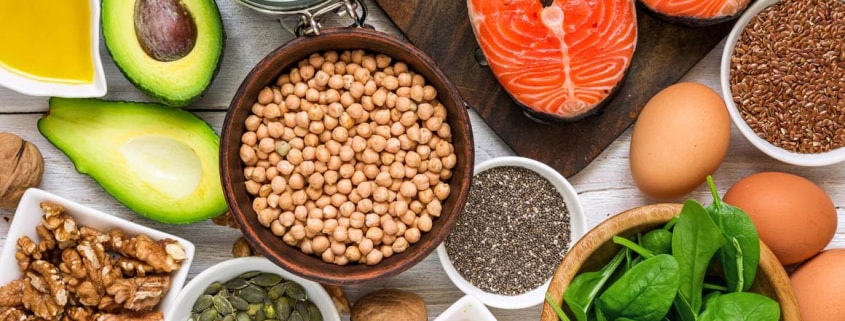
Here’s the scoop: eating good fats is essential for your overall health and well-being?
Why? Because every single cell of our body is made up of what is called a “phospholipid bilayer”!
And what, you might be asking, is a “phospholipid bilayer?… and why do I care?”
Well a phospholipid bilayer is, simply put, two rows of essential fatty acids whereby the individual fatty acids are joined together by bonds between carbon atoms, and each row is connected to the other row by the hydrophobic ends of each of the fatty acid chains.
Phew, that’s a mouthful.. but here is why you should care!
The fats that we consume incorporate themselves into the membranes of, that’s right, every single cell in our body. So, we truly are “what we eat” when it comes to the fats we consume.
Saturated fats are fatty acid chains that have no double bonds, and are therefore quite rigid. These are found in animal fats, red meat, dairy, etc. And not to say these foods shouldn’t be consumed! They do have their own benefits, however if we consume them as our main source of fatty acids then our cells correspondingly become more rigid, so the movement nutrients and waste products in and out of the cells, and other cell signalling pathways are impaired, the membranes that harden leave tissues such as arteries more susceptible to damage, increased pressure (hypertension), etc. Our skin becomes less pliable, smooth, and youthful looking. Our joints and muscles gets creakier as a result of less fluid membranes.
Here is where omega-3 fatty acids, the “good fats”, comes into play.
Anytime you hear the term “omega” fatty acid, an unsaturated fatty acid is being referred to. Permit me to continue to indulge my nutritional biochemistry geek! Unsaturated fats have double bonds in them. Not every carbon is attached to a hydrogen atom. This makes them “kinky”.. more fluid. A “monounsaturated fatty acid” like Omega-9, from olive oil, has one such “kink” in it. A “polyunsaturated fatty acid” like Omega-3, from flax oil, has multiple double bonds in it, therefore is even kinkier.. aka more fluid in nature.
When our cells are made up of these types of fatty acids, there is free flow of nutrients into the cells, waste products out of the cells, due to the more pliable nature of the cell membranes, and the increased signalling that can happen as a result.
READ MORE
Why? Because every single cell of our body is made up of what is called a “phospholipid bilayer”!
And what, you might be asking, is a “phospholipid bilayer?… and why do I care?”
Well a phospholipid bilayer is, simply put, two rows of essential fatty acids whereby the individual fatty acids are joined together by bonds between carbon atoms, and each row is connected to the other row by the hydrophobic ends of each of the fatty acid chains.
Phew, that’s a mouthful.. but here is why you should care!
The fats that we consume incorporate themselves into the membranes of, that’s right, every single cell in our body. So, we truly are “what we eat” when it comes to the fats we consume.
Saturated fats are fatty acid chains that have no double bonds, and are therefore quite rigid. These are found in animal fats, red meat, dairy, etc. And not to say these foods shouldn’t be consumed! They do have their own benefits, however if we consume them as our main source of fatty acids then our cells correspondingly become more rigid, so the movement nutrients and waste products in and out of the cells, and other cell signalling pathways are impaired, the membranes that harden leave tissues such as arteries more susceptible to damage, increased pressure (hypertension), etc. Our skin becomes less pliable, smooth, and youthful looking. Our joints and muscles gets creakier as a result of less fluid membranes.
Here is where omega-3 fatty acids, the “good fats”, comes into play.
Anytime you hear the term “omega” fatty acid, an unsaturated fatty acid is being referred to. Permit me to continue to indulge my nutritional biochemistry geek! Unsaturated fats have double bonds in them. Not every carbon is attached to a hydrogen atom. This makes them “kinky”.. more fluid. A “monounsaturated fatty acid” like Omega-9, from olive oil, has one such “kink” in it. A “polyunsaturated fatty acid” like Omega-3, from flax oil, has multiple double bonds in it, therefore is even kinkier.. aka more fluid in nature.
When our cells are made up of these types of fatty acids, there is free flow of nutrients into the cells, waste products out of the cells, due to the more pliable nature of the cell membranes, and the increased signalling that can happen as a result.
READ MORE

 RSS Feed
RSS Feed